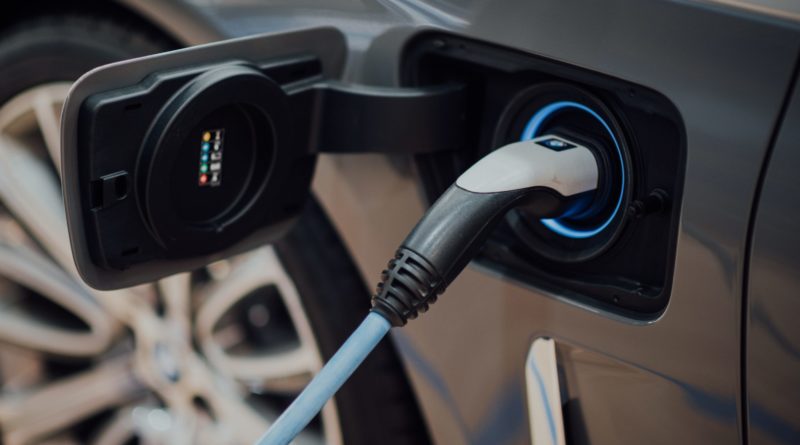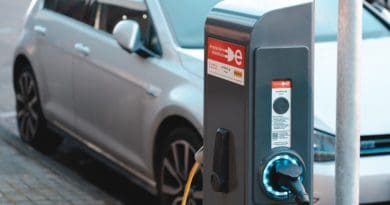China Booms Ahead – Adopting New Electric Vehicles
China is perhaps the greatest success story of widespread new energy vehicle (NEV) adoption in the world. With around 260 million vehicles on the road, Chinese electric cars now make up nearly 2% of that figure coming in at a total of 4.9 million vehicles that run off renewable energy. How did China, the world’s worst polluter, go from just 20,000 NEV’s in 2010 to 4.92 million by 2020? The answer lies in governmental policy.
It is no secret that the totalitarian government has its advantages when it comes to the quick, widespread implementation of new mandates. Take the coronavirus pandemic as an example. Before the rest of the world even began to start debating and negotiating relief funds, mobilising emergency workers, and the like, China was able to pull together an extensive action plan that brought the virus under control in a matter of months. Whereas western governments rely on democracy and negotiation to reach a consensus, China can rely on its sheer & absolute control over its population to mandate sweeping measures to tackle large issues in the short run. Such is the example of their implementation of New Energy Vehicle policy.
China’s Production Advantages
China had several unique advantages when it came to enacting its green transportation policies. For one, China is already the world’s largest market for automobiles, and trends show that the Chinese automobile market is only just getting started. As the worlds largest polluter, China not only had a keen interest in making sure that these new vehicles would not contribute to further polluting their environment but also knew that there was huge potential for economies of scale with a large population hungry for investing their hard-earned Yuan’s into new automobile purchases. As it is, China manufactures around half of the batteries used in new electric vehicles worldwide, this has allowed them the advantage of a complete home-grown supply chain for batteries. Adding to this, they have invested in the world’s largest public network of EV charging stations with nearly 60% of the world’s charging stations being found in China and owns the most patents for wireless & fast charging devices in the world.
These infrastructural advantages have allowed Chinese automakers to bet heavily on Plug-in Electric Vehicles (PEV’s) as consumers also find them convenient. China is home to some of the world’s largest automobile manufacturers and several of them are making waves in the world of PEV’s; namely, SAIC, Geely, BAIC & BYD. The last of these, BYD, accounts for more than 753 thousand PEV’s as of 2019 and is ranked as the world’s second-largest manufacturer of new electric vehicles. Tesla still ranks number one and has also found considerable success in China accounting for 21% of its sales globally.
Key Governmental Policy
In tandem with these infrastructural, technological, and economies of scale advantages, China enacted the most robust public policy for adopting NEV’s in the world. They developed a top-down approach which created incentives from the highest level of government all the way to the smallest level. Beginning with national strategies, China’s government worked to set industrial plans and goals that furthered policies from the central and local governments. They implemented a five-year plan for economic development that focused on NEVs and set out development targets & enacted policies such as the “ten cities, thousand vehicles” project which promoted new electric vehicle adoption across 10 major cities. They also offered tax incentives & subsidies for new owners. As new electric vehicles served as an answer to many of China’s current problems, air pollution, oil dependency, climate change, and bottlenecking in the auto industry, the different government ministries were able to enact congruent goals facilitating the development of the EV market. This allowed a trickle-down effect into local government which led to local incentives such as special license plates, road access privileges, parking spaces, charging incentives, etc.
All the while, they worked to innovate and develop a comprehensive home-grown supply chain that has now outpaced the US in terms of crucial EV technology such as battery development. Even American president Joe Biden has taken notice, warning the Chinese are, “investing billions of dollars dealing with a whole range of issues that relate to transportation, the environment and a whole range of other things. We just have to step up… If we don’t get moving, they are going to eat our lunch.”America has a right to be worried as all of these policies continue to propel China towards its vision to dominate the auto industry in the long run. By focusing on research and development and working closely to foment academic investigation into new and improved technologies, the government has been able to be completely involved in the decision-making process and further speed up the transition of new technologies from prototype to market-ready products.
Looking Toward the Future
As a result of these policies, cities have felt a relief in the levels of air pollution on a day-to-day basis. As major cities such as Beijing, Shanghai, and Shenzhen continue to focus on encouraging the uptake of EV’s, they are simultaneously working to improve the air quality, reduce the city’s carbon footprint and make China a global leader in carbon reduction. One of the major benefits of China’s top-down policy has been the implementation of a fully electric public transportation system that includes Electric bus and taxi fleets. The success rate of these campaigns in major cities has now led China to focus on smaller cities by enacting a new goal as of mid-2020, which focuses on NEV’s reaching rural areas.
If the last 10 years have proved anything, it is that strong top-down policies are key to creating a robust NEV adoption strategy nationwide. While the implementation of EV’s as mainstream technology may be costly and more difficult for democracies where comprehensive policies are often met with red tape and bureaucracy, China has proven that there are many benefits to be had. As they continue to work on the widespread adoption of new electric vehicles, China continues to be ahead of the curve, making them poised to dominate the future of the global automotive industry for years to come.
Click here for more stories and others like this.



